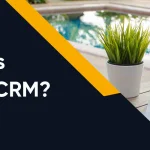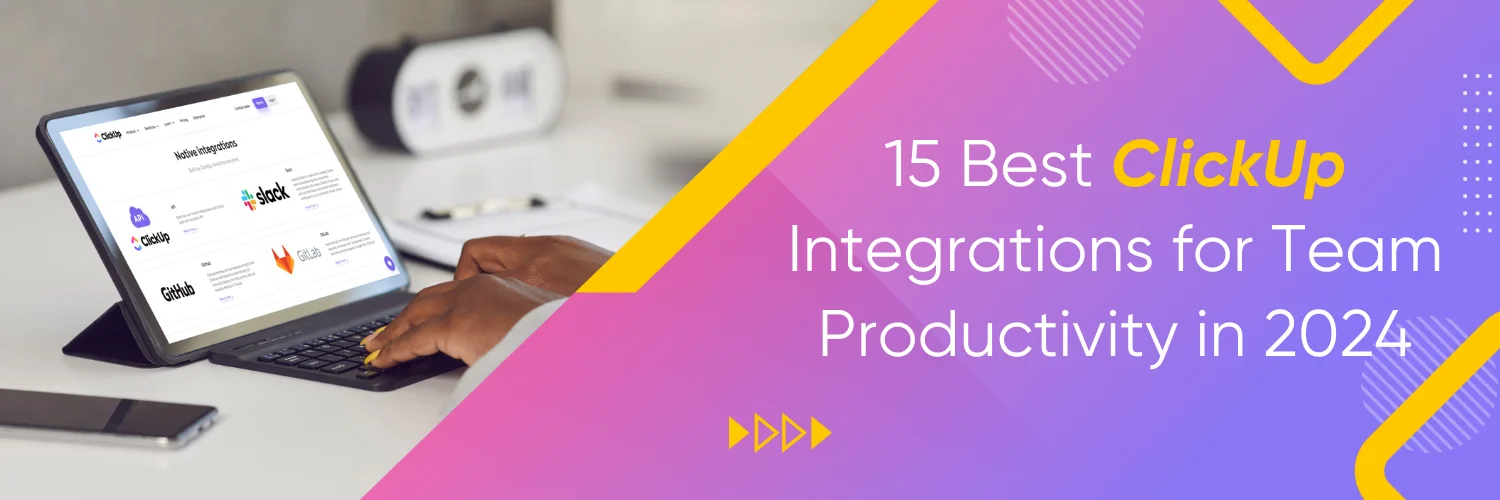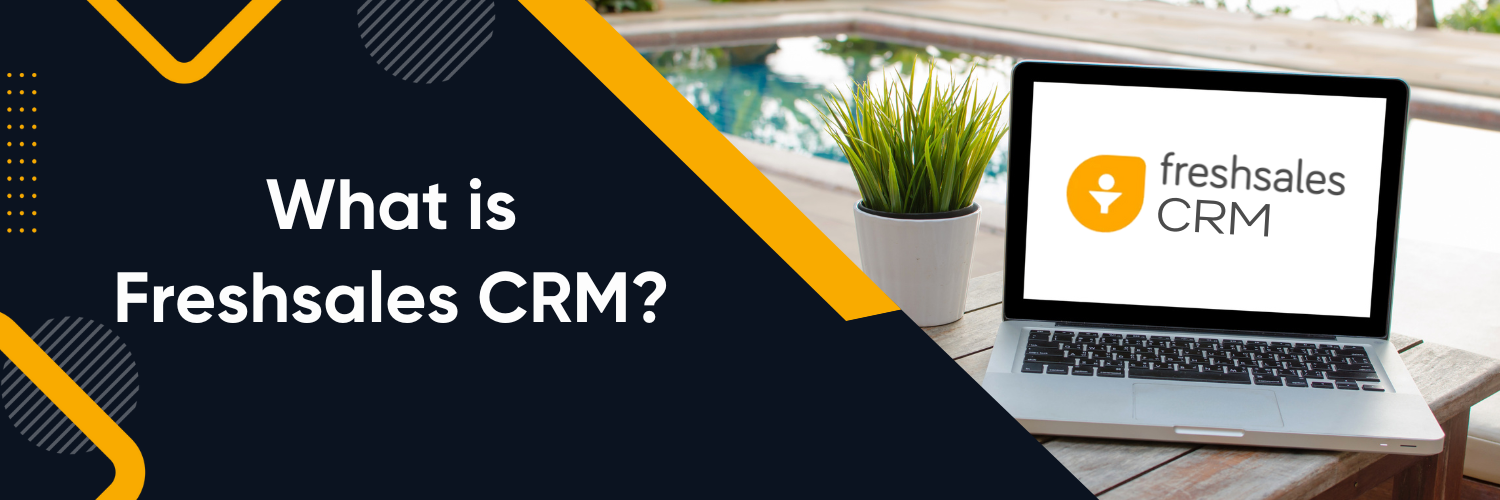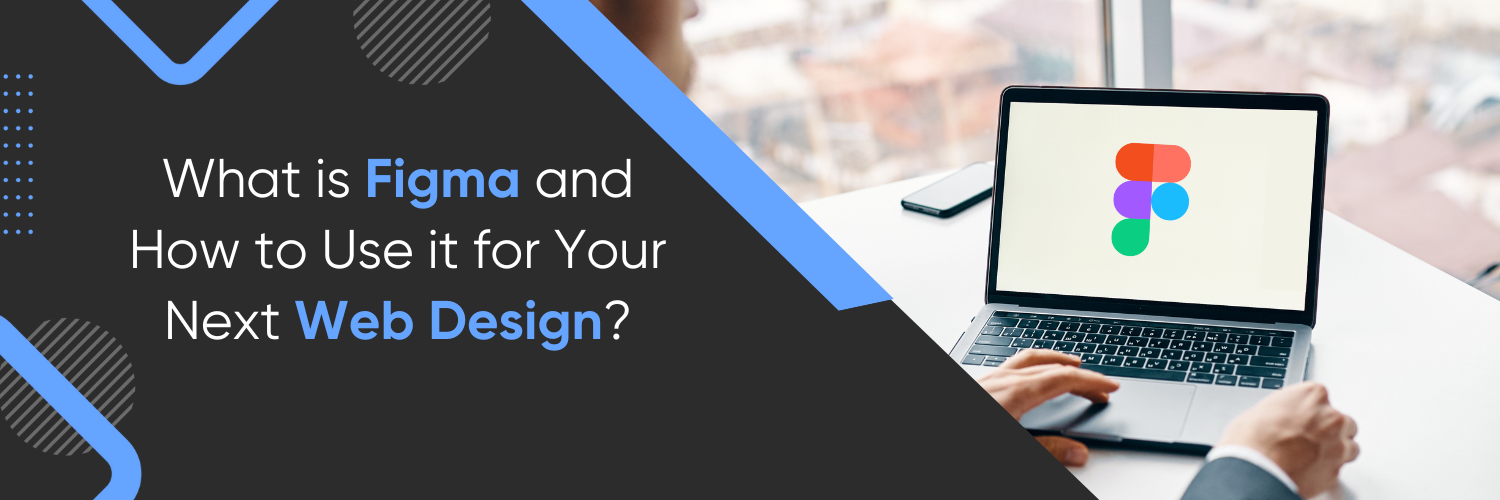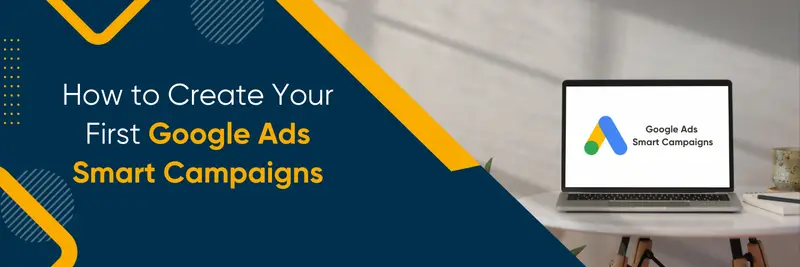SEO Friendly Content
SEO (Search Engine Optimization) plays a pivotal role in content writing and online visibility. It involves the strategic use of keywords, on-page optimization, and other techniques to improve a website’s search engine rankings. Understanding how search engines rank content is essential to crafting content that aligns with their algorithms and ensures higher visibility. This is where SEO-friendly content comes into play. SEO-friendly content is crafted with a focus on meeting both user intent and search engine requirements, ultimately leading to improved rankings, organic traffic, and increased engagement.
Keyword Research for Content
Keyword research is a fundamental aspect of SEO-friendly content writing. It involves identifying the words and phrases users use when searching for information online. By researching relevant and high-traffic keywords, content creators can better understand what their target audience is searching for and tailor their content accordingly. Various tools are available, such as Google Keyword Planner, SEMrush, and Ahrefs, which can help with keyword research. Additionally, content creators must distinguish between long-tail and short-tail keywords. Long-tail keywords are more specific and targeted, while short-tail keywords are broader and more competitive. Integrating keywords naturally into content is crucial to avoid keyword stuffing and ensure a seamless reading experience for users.
Request a Free Keyword Consultation. Click to Learn More.
Crafting Compelling Headlines
Headlines have a significant impact on SEO and can influence whether users click on a link to read the content. Writing attention-grabbing headlines is essential to entice users and improve click-through rates. Incorporating relevant keywords into headlines can also boost their SEO value. However, it’s vital to strike a balance and prioritize readability and engagement over keyword placement. Best practices for crafting SEO-friendly headlines include keeping them concise, and clear, and conveying the main idea of the content effectively.
Writing High-Quality and Relevant Content
SEO-friendly content must be of high quality, providing valuable and relevant information to users. Understanding user intent is crucial here; content should address the questions and concerns users have when searching for specific topics. Creating engaging and shareable content increases the likelihood of users spending more time on the page and sharing it with others, signalling positive engagement to search engines. However, crafting content that is both engaging and shareable can be a difficult task and requires high proficiency in the language. If you’re having trouble in coming up with content that has these qualities, you can write however you can and then run it through a rewording tool. Tools like this can make your content more interesting and persuasive by finding synonyms and using fitting words. There are many of them available online and you can find a good one simply by looking for it on Google.
Length and formatting are also essential considerations; while longer, comprehensive content tends to perform better, it’s important to break up the text with headings, bullet points, and images for better readability.
On-Page SEO Optimization
On-page SEO optimization involves optimizing various elements directly on the webpage to improve its search engine ranking. This includes optimizing meta tags, such as the title, description, and URL, to accurately describe the content and target relevant keywords. Properly using header tags (H1, H2, H3) helps structure the content and makes it more scannable for both users and search engines. Creating a well-structured content hierarchy ensures that important information is highlighted appropriately. Additionally, image optimization with descriptive alt tags and utilizing internal and external links can enhance the page’s overall SEO value.
Request a Free Website Audit Here
Mobile-Friendly Content
With the increasing use of mobile devices for internet browsing, mobile optimization has become crucial for SEO. Search engines prioritize mobile-friendly websites, so it’s essential to ensure that content displays well on various devices and screen sizes. Techniques for creating mobile-friendly content include responsive design, which automatically adjusts the layout based on the user’s device, and adaptive design, which customizes the content for specific screen sizes. Regular testing and optimization for different devices are essential to ensure a seamless user experience.
Website Loading Speed
Website loading speed directly impacts user experience and SEO. Search engines prefer faster-loading websites because they provide a better experience for users. Tools like Google PageSpeed Insights and GTmetrix can measure a website’s loading speed and suggest improvements. Optimizing images and media files, enabling browser caching, and minimizing HTTP requests can significantly improve loading times, leading to better search engine rankings.
Social Media Integration and Content Promotion
Social media can influence SEO through social signals. Content that receives high engagement and shares on social media tends to perform better in search engine results. Integrating social media sharing buttons on content pages can encourage social sharing and engagement. Implementing strategies for content promotion on social media platforms can help reach a broader audience and drive more traffic to the website. Collaborating with influencers and thought leaders in the industry can also boost content visibility and SEO.
Start Your Digital Marketing Journey Today. Click to Get Started.
What is SEO-friendly content writing? Why is it essential?
SEO-friendly content writing involves creating content that aligns with search engine algorithms and user intent to improve search engine rankings. It is essential because it helps increase organic traffic, visibility, and engagement, leading to better online success.
SEO-friendly content writing refers to the practice of creating web content that is optimized for search engines, making it more likely to rank higher in search engine results pages (SERPs). It involves incorporating relevant keywords, structuring the content in a way that search engines can easily understand, and providing valuable information that matches the intent of users’ search queries.
There are four basic types of search intent:
- Informational
- Navigational
- Commercial
- Transactional
The essentiality of SEO-friendly content writing lies in its impact on a website’s online visibility and organic traffic. When content is optimized for search engines, it has a higher chance of being discovered by users searching for related information. This, in turn, can lead to increased website traffic, better user engagement, and potential conversions or sales.
Here are some key reasons why SEO-friendly content writing is crucial:
- Improved Search Engine Rankings: By incorporating targeted keywords and following SEO best practices, content stands a better chance of ranking higher in search engine results. Higher rankings mean more visibility and exposure to potential visitors.
- Increased Organic Traffic: SEO-friendly content attracts organic traffic from search engines, reducing reliance on paid advertising and increasing the chances of reaching a broader audience.
- Enhanced User Experience: Content optimized for SEO tends to be well-structured and easy to navigate, providing a positive user experience. This can lead to longer on-page dwell times, lower bounce rates, and increased user satisfaction.
- Better Targeting of User Intent: SEO-friendly content addresses the specific needs and intent of users’ search queries, which helps in attracting more qualified and relevant traffic.
- Builds Website Authority: When content is well-optimized and valuable, it is more likely to be linked to and shared by other websites, thereby enhancing the website’s authority and credibility in the eyes of search engines.
- Long-Term Benefits: Unlike paid advertising, which stops generating traffic once the budget is exhausted, SEO-friendly content continues to drive organic traffic over time. It can provide sustainable results and benefits in the long run.
- Adapting to Search Engine Algorithms: Search engines constantly update their algorithms to deliver the most relevant and high-quality content to users. By following SEO best practices, content creators can stay ahead of these changes and maintain a strong online presence.
Conclusion
In conclusion, writing SEO-friendly content is a critical aspect of digital marketing. By conducting thorough keyword research, crafting compelling headlines, and creating high-quality, relevant content, website owners can improve their search engine rankings and attract more organic traffic. Emphasizing ongoing optimization and tracking performance metrics will enable content creators to stay ahead in the ever-changing SEO landscape.
By implementing the tips and strategies outlined in this blog, you can enhance your online presence and ultimately grow your business. To take your digital marketing efforts to the next level, consider partnering with Ubique Digital Solutions. Our team of experts specializes in SEO, content optimization, and digital marketing, and we’re here to help you succeed. Contact us today.
FAQs
Q: How does keyword research impact content writing for SEO?
Keyword research provides insights into user search behaviour, enabling content creators to target relevant and high-traffic keywords. This optimization ensures that content addresses the specific needs of the target audience, improving its chances of ranking higher in search results.
Q: What are the best practices for integrating keywords into content naturally?
Integrate keywords seamlessly into the content, ensuring it reads naturally and provides value to readers. Avoid keyword stuffing and prioritize user experience over keyword placement.
Q: How can I write compelling headlines that improve SEO?
Craft attention-grabbing headlines that accurately convey the main idea of the content. Incorporate relevant keywords when possible, but focus on engaging readers and enticing them to click through.
Q: What role does on-page SEO optimization play in content writing?
On-page SEO optimization involves optimizing various elements on the webpage, such as meta tags, header tags, and content structure. It ensures that content is well-organized, relevant, and search engine-friendly.
Q: How can I optimize my website for mobile devices?
Optimize your website for mobile devices by using responsive or adaptive design to ensure content displays properly on various screen sizes. Regularly test your website on different devices to ensure a smooth user experience.











